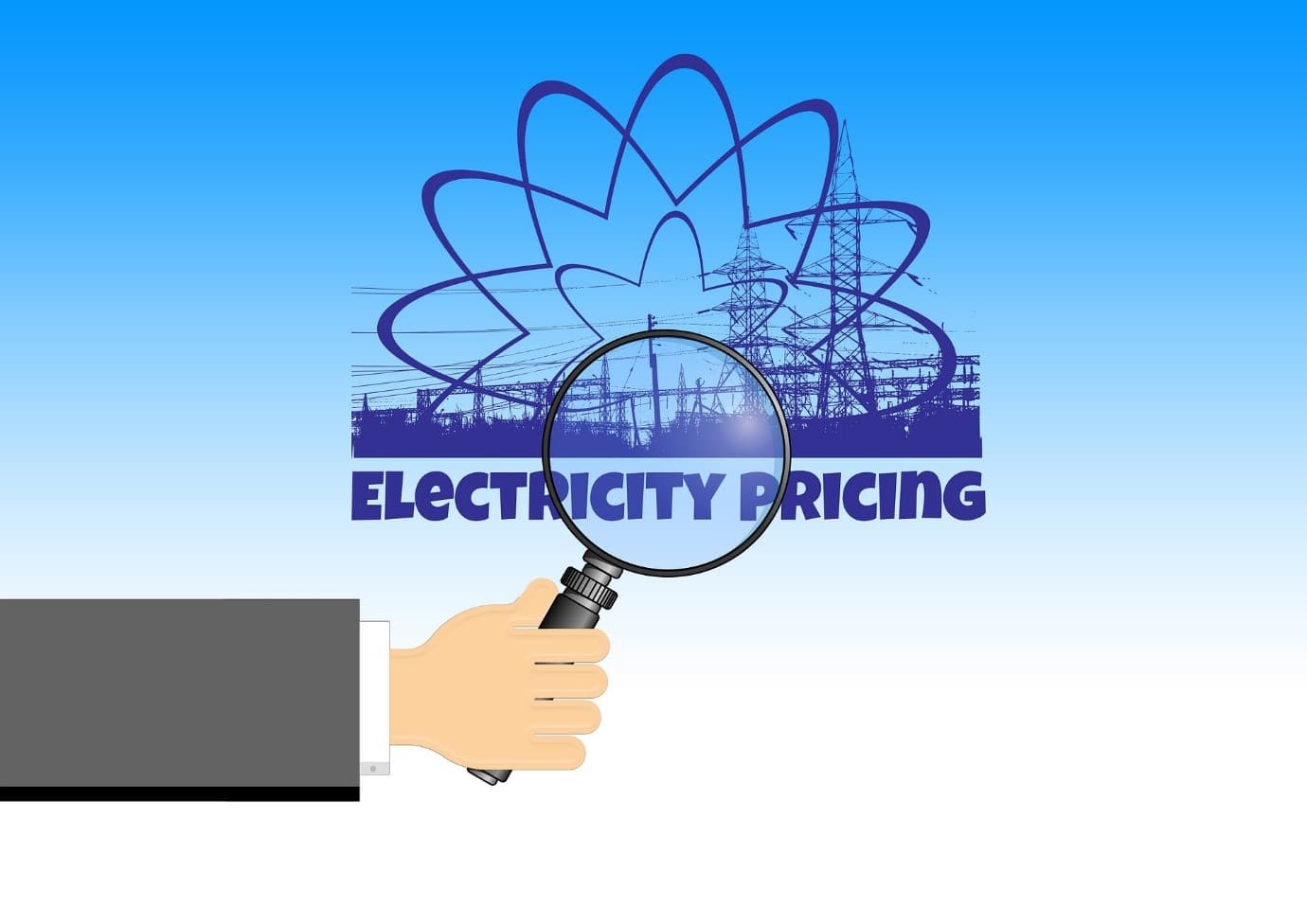Australia’s energy landscape is undergoing a massive transformation, driven by the rise of renewables, the retirement of coal plants, and evolving government policies. But what does this mean for future electricity prices? Let’s break it down.
1. The Current Situation
Electricity prices in Australia have been volatile in recent years. While renewables like solar and wind are driving down wholesale prices, high network costs and the 2022-2023 energy crisis have kept retail prices elevated for many consumers.
2. Key Factors Shaping Future Prices
- Renewable Energy Boom: Australia is rapidly adopting solar and wind energy, which are cheaper to operate than fossil fuels. This is pushing wholesale prices down, but the intermittent nature of renewables requires investment in storage and grid upgrades, which could temporarily offset savings.
- Coal Plant Closures: As coal-fired power plants retire, short-term price volatility is possible if renewables and storage aren’t rolled out fast enough. However, long-term prices are expected to stabilize as clean energy takes over.
- Energy Storage and Grid Upgrades: Batteries and pumped hydro are critical for managing renewable energy. While upfront costs are high, they will reduce long-term expenses by improving grid stability and reducing reliance on expensive peaking plants.
- Government Policies: Initiatives like the Renewable Energy Target (RET) and subsidies for rooftop solar are accelerating the transition to clean energy. Well-designed policies can lower prices, but sudden changes could create uncertainty.
- Global Energy Markets: Australia remains connected to global markets, so fluctuations in coal, gas, and oil prices can still impact domestic electricity costs.
3. Regional Differences
Electricity prices vary across Australia:
- South Australia: High solar and wind penetration leads to lower wholesale prices, but network costs remain a challenge.
- Queensland: Historically low prices due to coal, but renewables are growing.
- NSW and Victoria: Transitioning from coal to renewables, which may cause short-term price fluctuations.
4. Opportunities for Consumers
Consumers can take control of their energy costs by:
- Installing rooftop solar and batteries to reduce bills and gain energy independence.
- Adopting energy-efficient practices to lower consumption.
- Choosing time-of-use tariffs to save money by using power during off-peak periods.
5. The Road Ahead
While the transition to renewables presents short-term challenges, the long-term outlook is positive. As clean energy becomes dominant and storage technologies mature, electricity prices are expected to become more stable and affordable.
Conclusion
The future of electricity prices in Australia hinges on the successful integration of renewables, storage, and grid upgrades. By embracing new technologies and energy-smart practices, households and businesses can not only save money but also contribute to a cleaner, greener future.



